No products in the basket.
Blog
Everything you need to know about driveway drainage.
Driveway drainage is a system put in place to allow surface water to drain away into the ground instead of flooding your driveway. When installing a new driveway it is essential to understand the importance of driveway drainage. This is because, if it is not done correctly there could be future issues that could cause flooding and excess surface water, which in turn may lead to damage to your property or environmental damage. To avoid these kinds of mistakes there are a few basics worth understanding, and by avoiding the problems in the first place, you’ll save the cost and hassle of putting it right later down the line.
Driveway legislation in the UK.
The reason that driveway drain legislation exists is to minimise the amount of areas affected by flooding, and to stop pooling water on roads and carriageways. The rules state that there has to be suitable driveway drains in place on any new driveway being built. Often you’ll also need to apply for planning permission if you have a driveway that isn’t built out of a permeable material such as a gravel driveway. It is also possible to provide a type of permeable area such as gravel for surface water to run off into.
In simplistic terms, if you are having a driveway installed that exceeds 5m2, then there must be an appropriate drainage system in place to allow the water to drain away.
Key reasons why driveway drainage is so important:
- An overwhelmed drain. Your driveway has a lot of excess water to contend with and it’s not always just coming from your own driveway, it may be coming from your house’s roof and gutter and even your neighbour’s which could result in a lot of water running off of your driveway and leading to pooling water of flooding issues elsewhere.
- A constantly damp driveway. This can lead to a build up of moss and general mould beneath the driveways, gaps and surface. This is never a great look on any driveway!
- A variety of cracks and holes. During the winter months the cold weather will cause the water in between the crack of the driveway to freeze and eventually crack. This could result in a pothole occurring on your driveway, and a potential hazard.
- Due to climate change there is a constant issue of heavy rainfall which has resulted in flooding in all types of urban areas. The primary reason for this is because the council’s storm drains are not able to cope with the consistently increasing amounts of rainfall.
- If there is no drainage system, water that flows from your driveway in the direction of your house may eventually cause a build up of puddles on the exterior walls of your home. Over time this can cause dampness and mould on the floors and interior walls.
- Lots of driveways discharging a lot of water into the roads at the same time can cause a hazard for drivers and pedestrians.
How channel drain can solve your driveway drainage problems.
Channel drain immensely reduces the amount of excess water on your driveway and is the most commonly installed system for most driveway’s drainage. Domestic drainage channels are the most commonly used for driveways, however B125 drainage channels are also common due to the fact it can hold a weight up to 12.5 tonnes. This type of drainage channel is an upgrade to the standard domestic channel drainage and is made of polypropylene, hence the high load rating. For the sake of water run off the drain must be installed at the bottom of the driveway. Channel drainage systems are connected usually to a soakaway via means of a drainage pipe.
Usually the driveway will slope away from or towards the property, and then be collected by a linear channel drain at the end of the driveway, which is then directed into a storm drain and carried away.
Which is the right membrane to use on your driveway?
Along with your driveway drainage, you have got to also pick the correct membrane. A geotextile membrane is a separator fabric used on most civil engineering projects. Most commonly (depending on the driveway surface; for example, tarmac, asphalt, block paving or patio surfaces), you will usually need a black woven geotextile membrane. This is the best geotextile to accompany your driveway primarily because it is designed to prevent the loss of construction aggregates into the underlying soil as well as having a high tensile strength. Furthermore, its CBR properties offer a solid base of protection. Being a lightweight separator, black woven membrane can help reduce the carbon footprint on a job. This makes it an efficient and cost effective option. The membrane will help to stop the aggregates from mixing underground and therefore leading to pitting and sinking of the ground which could then hold pooling water.
The reason it may be beneficial to go for a black woven membrane over a non-woven (perforated) is basically because it is cheaper. The non woven white membranes are designed to perform the exact same tasks, but they also allow for drainage. So for most tarmac or concrete driveways then white non woven is not necessary. The black membrane still offers great puncture resistance (same as the white) and a high tensile strength. It just doesn’t allow as much drainage.
However should you be installing a pebble driveway or if it’s a large paved driveway with extra drainage requirements, then you may need to opt for a non woven membrane such as the Terram T1000, as this is a drainage membrane and will help the water pass through into the ground and aid in the removal of surface water.
Installing a drainage channel
- Clear your planned area for the trench of any concrete or bricks so there is a place for the trench to go. When doing this for your driveway, ensure the trench is at the bottom end of your driveway away from your house.
- The second step would be to dig the trench. The trench must have enough depth to hold a 50mm compacted sand base at the bottom, and also enough space for 100mm of concrete to fill around the sides of the channel. Also allow for a fall of around 5mm for every 1m length of channel drain. This must be done as most driveway drainage channels do not have a built-in fall or slope.
- When installing the channel drain it is always recommended that you start from the lowest point so that if you have to make any major adjustments to any of the lengths, they are at the furthest point of the outlet. While going along, make sure to connect each length. Once at the end the last length can always be cut if needed to ensure that the drain fits as best as it can. After this, fit your end cap at the highest point and seal with good quality silicone sealant.
- Finally you need to concrete the trench, pour it so that it is 2mm above the surface of the grate. You must wait a minimum of 72 hours before heavy vehicles can drive over the drain.
For full installation guidelines read our How to Install Channel Drainage guide here
After these steps are completed you should have solved any driveway drainage problems, all within the legislation guidelines!
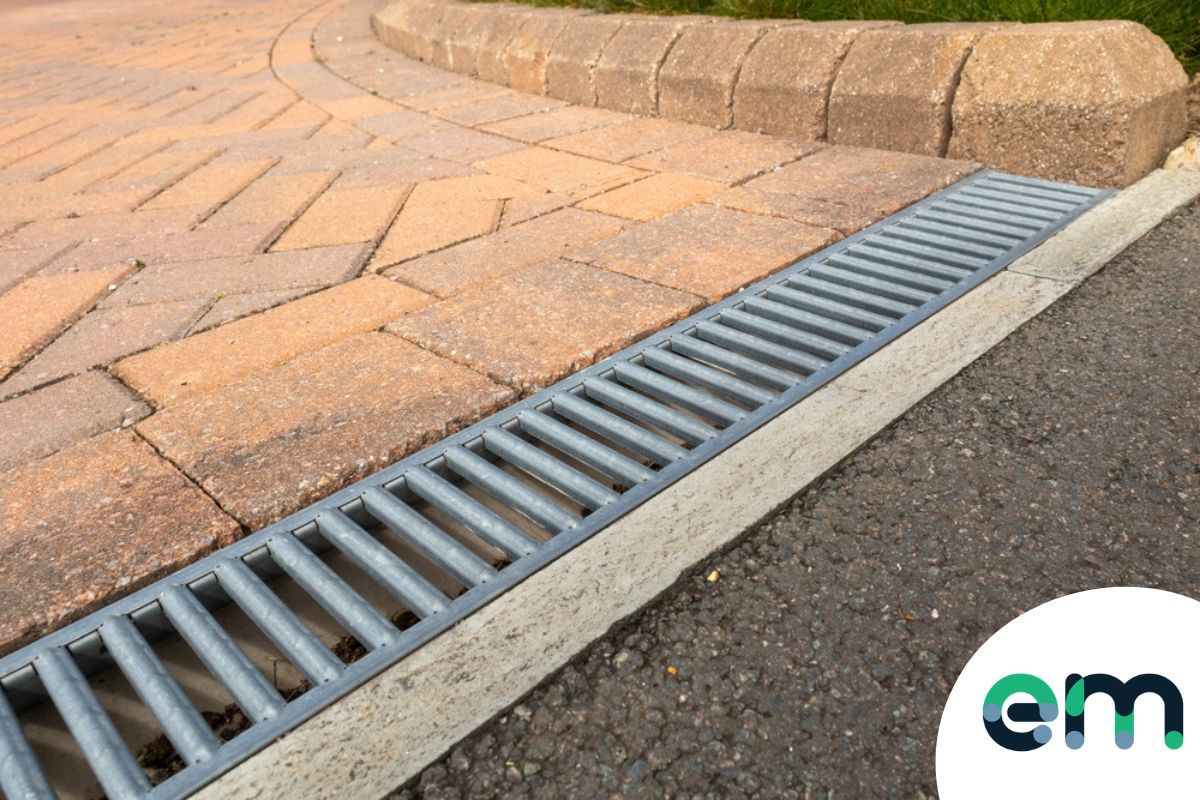
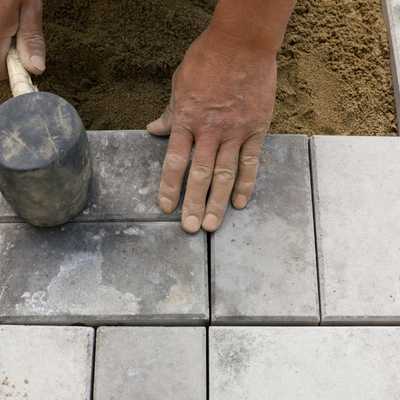
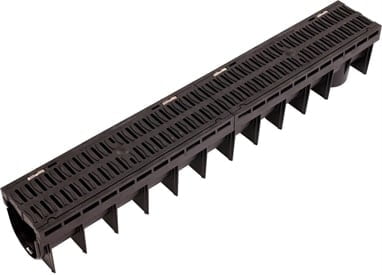
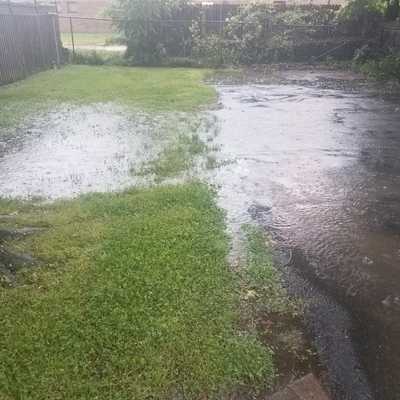
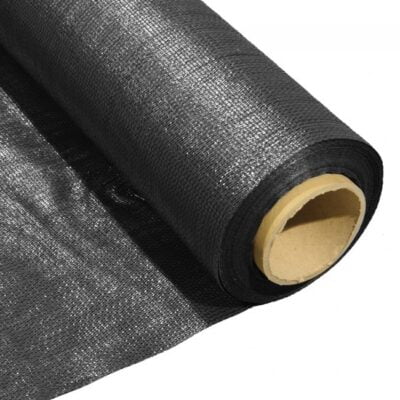
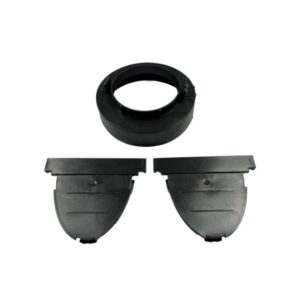
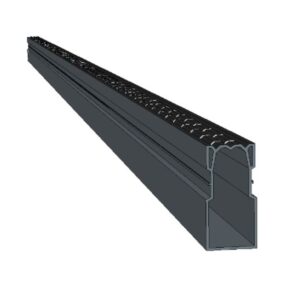
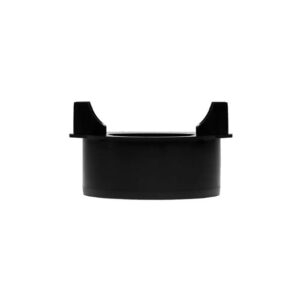
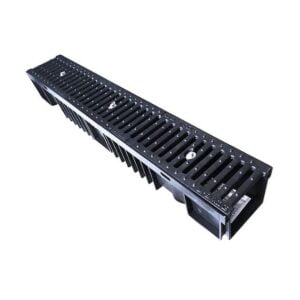
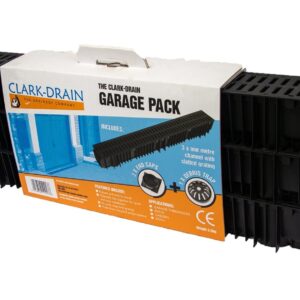
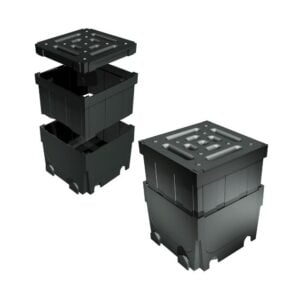
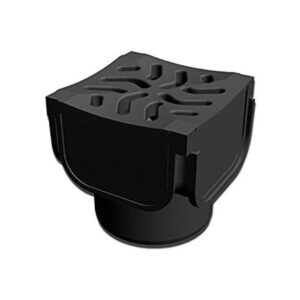
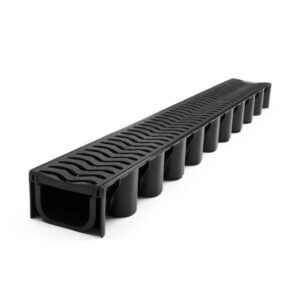
Thanks for this informative piece. It’s very interesting to know about the drainage systems in different countries. In India, it is mostly based on the size of the catchment area , the origin, the orientation to the sea etc. Keep posting more such informative article!
Can you please give me a quote for channel drain grid on my drive.
Hi Sue!
Please send us an email to sales@easymerchant.co.uk or give us a call and we’ll be glad to help 🙂